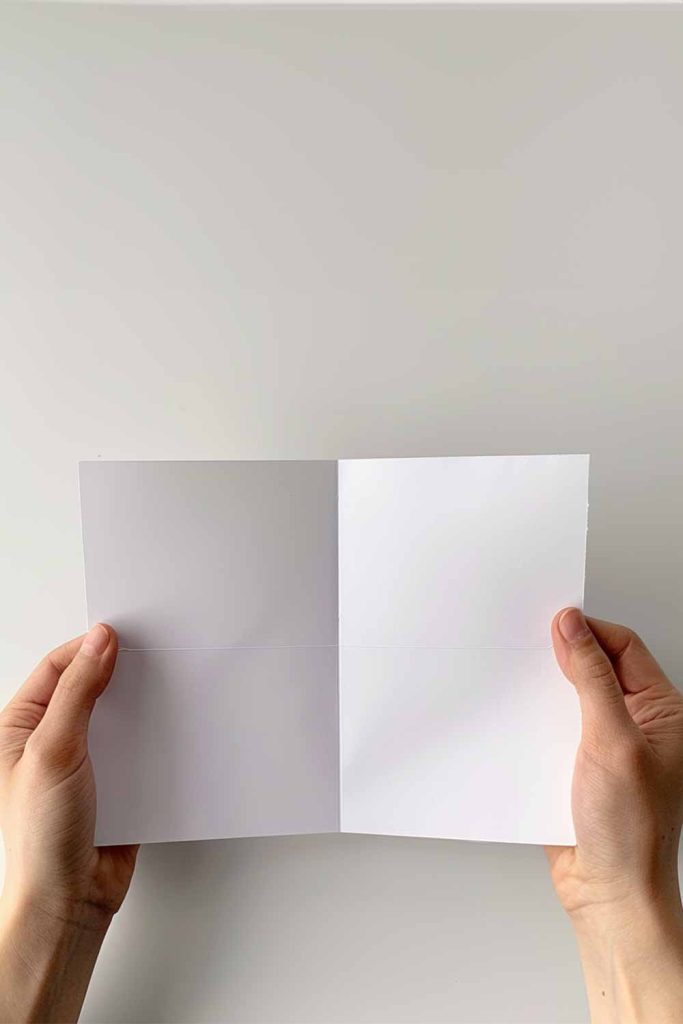Is It Really Impossible To Fold A Piece Of Paper More Than 7 Times?

Folding a piece of paper might seem like a mundane task, something we all did in our school days without a second thought. But have you ever wondered why it seems nearly impossible to fold a piece of paper more than six or seven times?
This simple act, which starts out so easy, quickly becomes a struggle. This phenomenon has fascinated scientists, mathematicians, and curious minds alike. In this article, we’ll delve into the real reasons behind this intriguing limitation.
The Science Behind Paper Folding
The challenge of folding paper multiple times lies in the exponential growth of its thickness. Each fold doubles the paper’s thickness, so the number of layers increases exponentially.
For instance, a standard sheet of paper, which is about 0.1 millimeters thick, reaches 0.2 millimeters after the first fold, 0.4 millimeters after the second, and so on. By the sixth fold, the paper is 64 layers thick, making it significantly harder to fold further.
Exponential Growth: The Heart of the Problem
Exponential growth plays a crucial role in the folding dilemma. Unlike linear growth, where things increase at a steady rate, exponential growth accelerates rapidly. With each fold, the paper’s thickness multiplies, making the task progressively more difficult.
By the seventh fold, the thickness is 128 times that of the original paper, making it almost impossible to fold without special conditions or tools.
Physical Limitations: Strength and Flexibility of Paper
Paper, though seemingly flexible, has its limits. The material can only withstand so much bending and compression before it becomes too rigid to fold further. As the thickness increases, the paper’s fibers are pushed to their limits, eventually resisting further manipulation.
This physical resistance is a significant factor in why folding paper more than six times becomes nearly impossible.
Historical Attempts and Breakthroughs
The limitation of folding paper seven times was a widely accepted belief until high school student Britney Gallivan challenged it in 2002. She successfully folded a single piece of toilet paper 12 times, but only after addressing the problem with mathematical precision and understanding the mechanics involved.
Her work proved that under the right conditions and with an appropriate type of paper, more folds are possible.
Mathematical Models and Equations
Britney Gallivan’s breakthrough was grounded in mathematical equations that describe the relationship between the length, thickness, and number of folds of the paper. She derived a formula that highlights the physical constraints of paper folding: 𝐿=𝜋𝑡2𝑛+43(2𝑛−1)L=πt32n+4(2n−1) where 𝐿L is the minimum length of paper required, 𝑡t is the paper thickness, and 𝑛n is the number of folds.
This formula shows that as the number of folds increases, the required length of paper grows exponentially, explaining why standard sheets hit their limit at around seven folds.
Practical Demonstrations: From MythBusters to Classroom Experiments
The folding challenge has captured the imagination of many, leading to various demonstrations and experiments. The popular TV show MythBusters tackled the myth, using a giant piece of paper and a steamroller to achieve 11 folds.
Such experiments demonstrate that while folding more than seven times is possible under specific conditions, it requires extraordinary measures and is not feasible with ordinary paper and methods.
Materials Matter: Different Papers, Different Results
The type of paper used significantly affects the number of folds possible. Thin, flexible materials like tissue paper or gold leaf can be folded more times than standard office paper.
Understanding the material properties helps in predicting and achieving more folds. However, even with ideal materials, the exponential increase in thickness remains a limiting factor.
Beyond Paper: Folding in the Real World
The principles behind paper folding extend to other areas, such as material science and engineering. For instance, the same principles are applied in the folding of materials for space missions, where compact storage and efficient unfolding are crucial.
Understanding the mechanics of folding can lead to innovations in fields as diverse as biology, robotics, and nanotechnology.
The Fascination with Limits
The fascination with folding a piece of paper taps into a broader human curiosity about pushing boundaries and exploring limits. Whether it’s climbing the highest mountains, diving to the deepest parts of the ocean, or folding paper, these challenges drive innovation and discovery.
The story of paper folding reminds us that even simple tasks can reveal profound truths about the world and our capabilities.
The difficulty in folding a piece of paper more than six times is rooted in the principles of exponential growth, physical limitations, and material properties. While it remains a challenging task, it also serves as a gateway to exploring complex mathematical, scientific, and engineering concepts.
So, the next time you try to fold a piece of paper, remember that you’re engaging with a phenomenon that has intrigued and inspired many before you.

More interesting articles you may be interested in reading:

